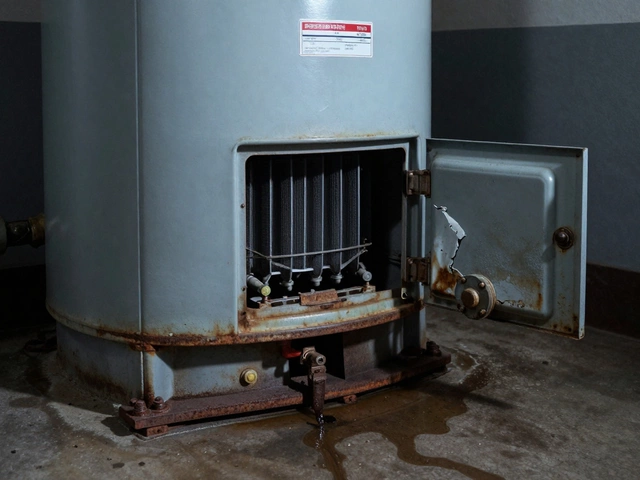Electrician Advice: Simple Fixes for Home Appliances
Got a kitchen gadget that’s acting up? You don’t need to panic or call a pro right away. Most appliance hiccups have a straightforward fix you can do yourself, as long as you follow safe steps. Below you’ll find the basics for stoves, ovens, extractor fans and a few other common devices. Think of this guide as your quick‑reference toolbox.
Start With Safety – The One Rule You Can’t Skip
Before you touch any wiring or hot parts, turn off the power at the breaker. It only takes a few seconds and it protects you from shocks that could turn a simple repair into a serious injury. If the appliance is plugged into a regular socket, unplug it and test the cord with a voltage tester to be sure the outlet is dead. When you’re dealing with gas‑powered stoves, shut the gas valve too.
Once the power’s off, give the appliance a quick visual scan. Look for loose wires, burnt marks, or anything that looks out of place. A loose connection is the most common cause of a stove not heating or a fan that won’t spin. Tighten any screws you find, but don’t over‑tighten – you might strip the thread.
Quick Fixes for the Most Common Issues
Electric stovetop elements. If a coil isn’t heating, start by checking the element’s terminals. Use a multimeter set to continuity; the element should read near zero ohms. No continuity means the element is fried and needs replacing. Most elements snap in and out of a simple bracket – no special tools required.
Oven thermostat or control board. Modern ovens rely on a board that can fail quietly. A quick test is to set the oven to a low temperature and listen for the heating element turning on. If it never does, try resetting the oven by turning the breaker off for a minute, then back on. If the problem persists, the thermostat or board likely needs a professional eye.
Extractor fans. A fan that hums but doesn’t spin usually has a stuck blade or a motor that’s seized. First, unplug the unit and remove the cover. Clean any dust buildup – it’s often the culprit. If the motor shaft spins freely by hand, the issue was just debris. If it’s stuck, you may need a new motor, which is a quick swap for most bathroom fans.
Microwave magnetron. A microwave that clicks but never heats is often a bad magnetron. Test the high‑voltage capacitor first – a popped capacitor can make the whole system look dead. Replacing a magnetron is more involved and usually best left to a certified technician because of the high voltage.
When you’ve tried these steps and the appliance still won’t work, it’s time to weigh cost versus benefit. A small repair like a faulty oven element might cost £30‑£50 in parts and a short labor charge. In contrast, a cracked fridge compressor can run up to £400, making replacement a smarter choice.
Remember, the goal isn’t to become a full‑time electrician – just to handle the easy fixes that save you a callout fee. If you ever feel unsure, pause and call a qualified pro. Your safety and the appliance’s longevity are worth it.
Use this page as your launch pad. Each article linked under the “electrician advice” tag dives deeper into one of these topics, giving you step‑by‑step instructions, part numbers and cost estimates for 2025. Bookmark it, and when a new problem pops up, you’ll have a reliable answer waiting.
27 March 2025
·
0 Comments
Extractor fans play a crucial role in maintaining air quality in kitchens and bathrooms. While some might consider replacing an extractor fan themselves, it's essential to weigh the complexity and safety concerns. Understanding the electrical skills needed, as well as when professional help is necessary, can save time and prevent potential mishaps. Whether it's dealing with wiring or ensuring proper ventilation, knowing when to call an expert could be a wise choice.
Read more


